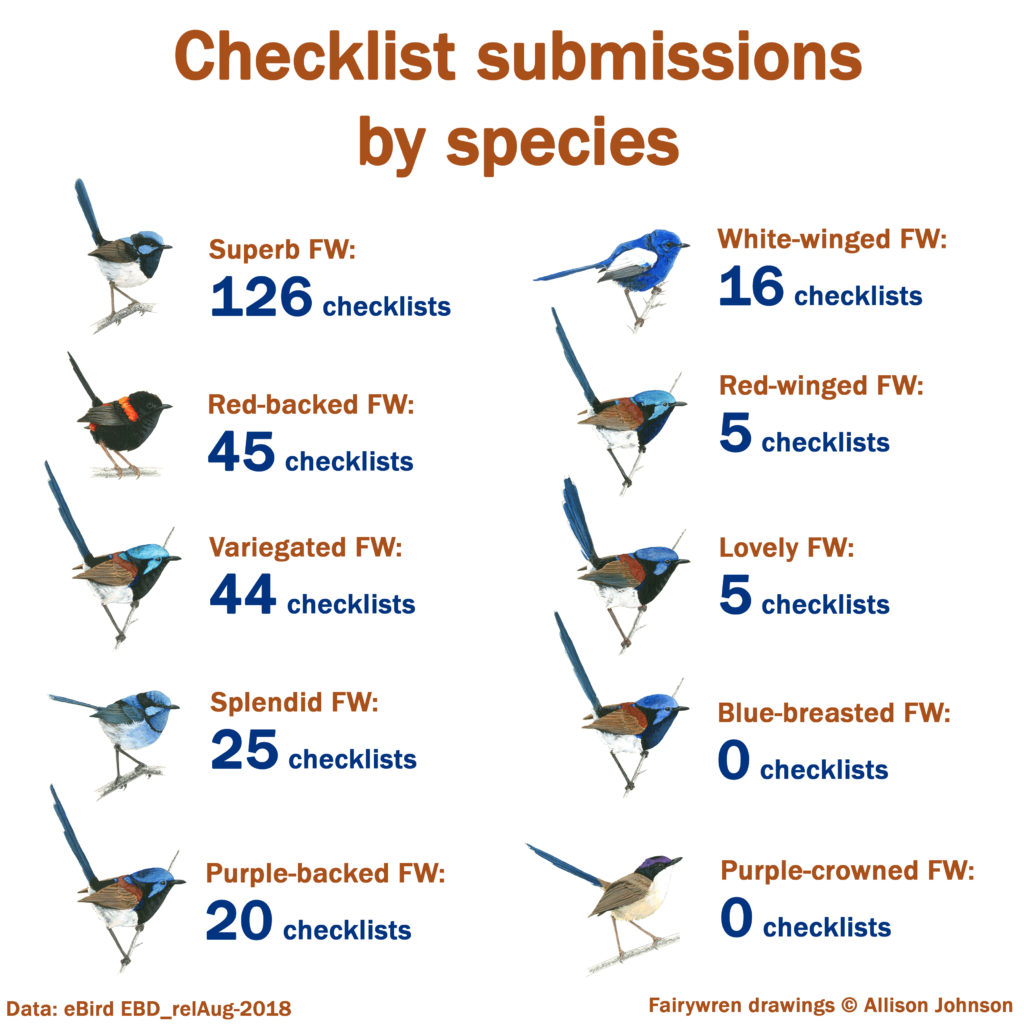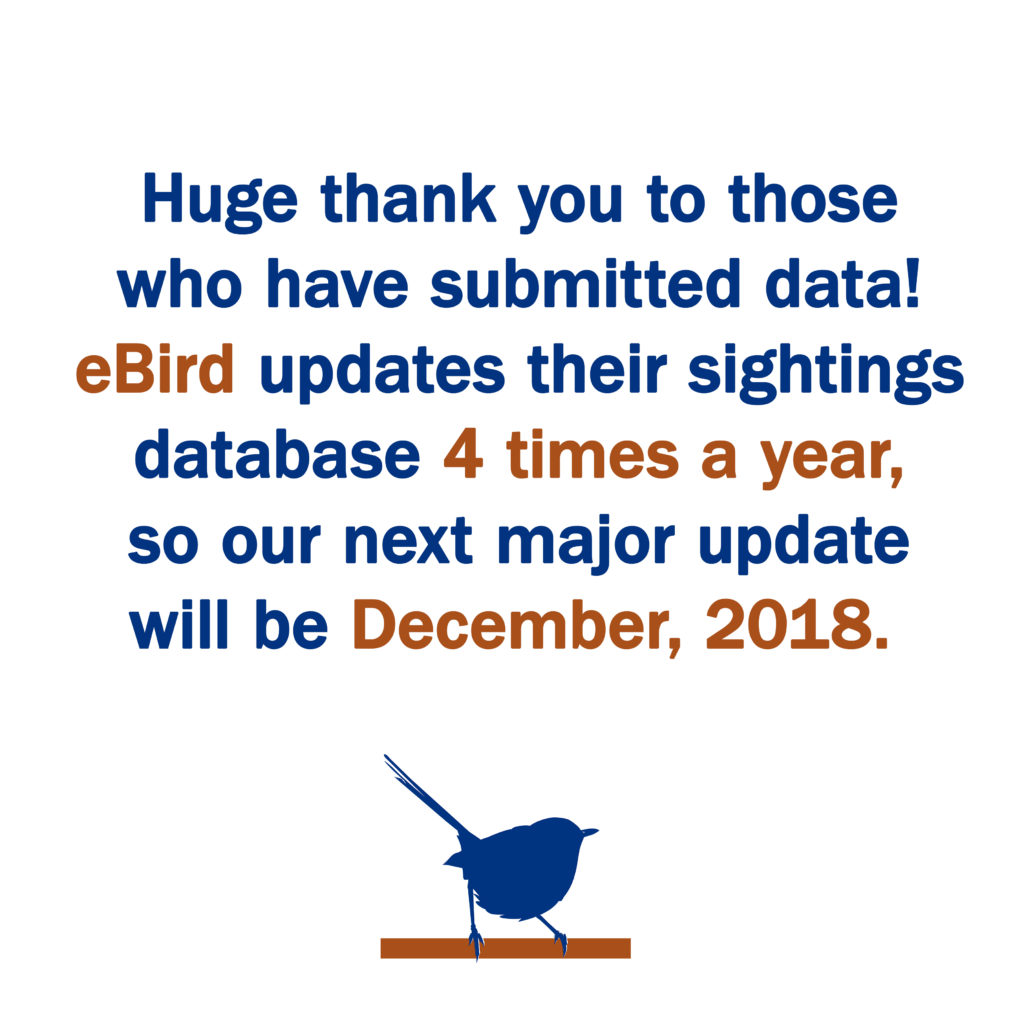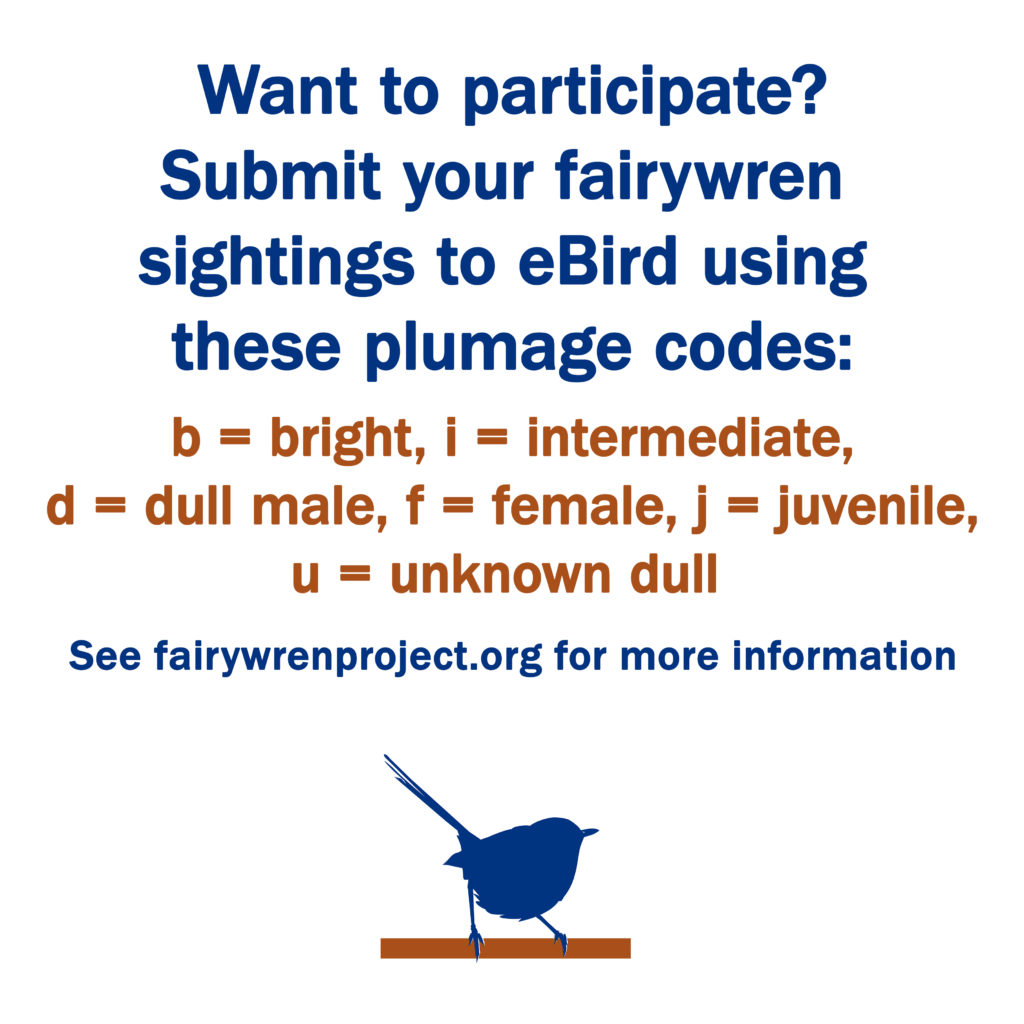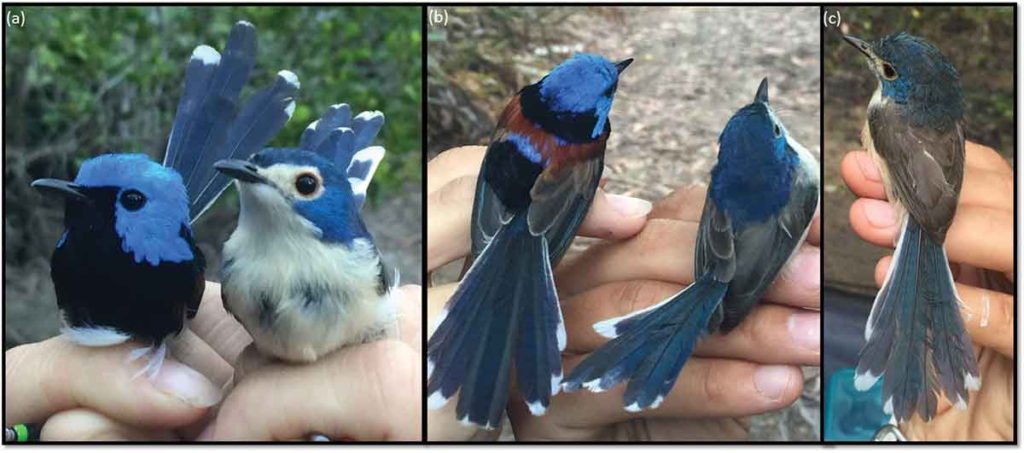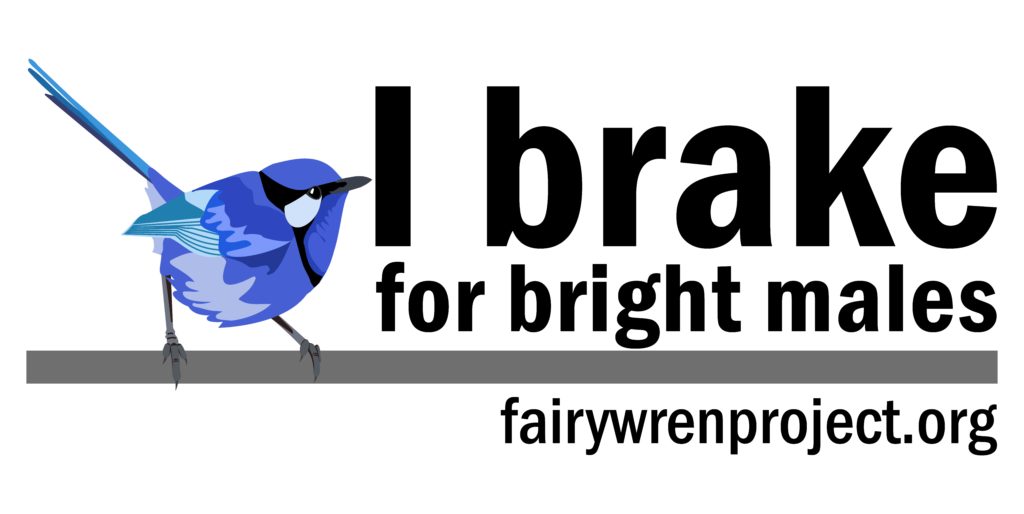How do birds cope with drought? Migratory birds can move around to find the best resources any time of year, but species that are year-round residents, like fairywrens, are often restricted to dealing with tough environmental conditions wherever they are. If fairywrens obtain most of their food from insects, and insects depend on plants and other invertebrates for food, and plants depend on rain to grow, how does a fairywren get by during a drought?
I’m pondering this question on a Brisbane to Adelaide flight high above Australia. The dirt has just changed from brown to red and everywhere I look the effects of the drought are clear. There is little green below me.
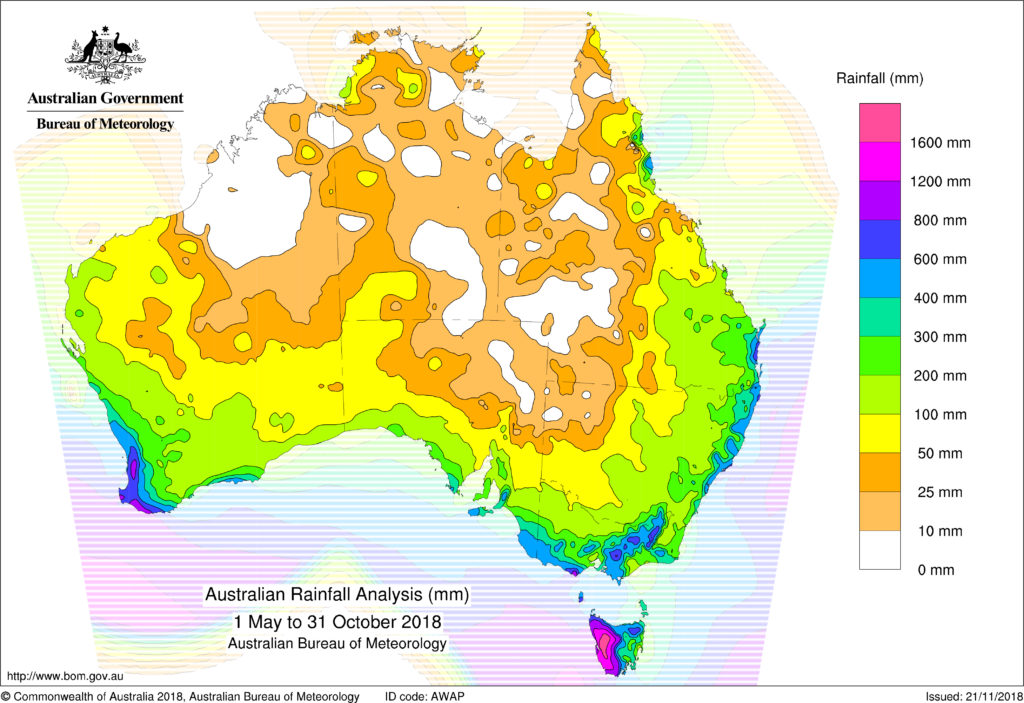 Recent rainfall amounts from the government showing the little rain received in the interior.
Recent rainfall amounts from the government showing the little rain received in the interior.
How are the fairywrens near you coping? When you submit your fairywren sightings to eBird and include information on the plumage types, breeding behaviors, and group sizes you see, you are helping us answer these questions. Using your sightings, we can ask questions like how does drought influence when fairywrens breed and how does drought influence whether or not fairywrens cooperate to breed? One might expect that in harsh conditions, related individuals should work together to raise offspring collectively instead of breeding on their own, and with your help we can test these hypotheses.
Allison and I are supplementing the information you are sending us via eBird by making some observations ourselves. In the next 10 days we’ll be traveling from Bendigo, Victoria, a relatively wet habitat for White-winged and Purple-backed Fairywrens, north to near Fowler’s Gap, New South Wales, a very dry habitat for these species. Along this wet to dry transect, we’ll be stopping at eBird birding hotspots to observe plumage types, breeding behaviors, and group sizes in different environments.
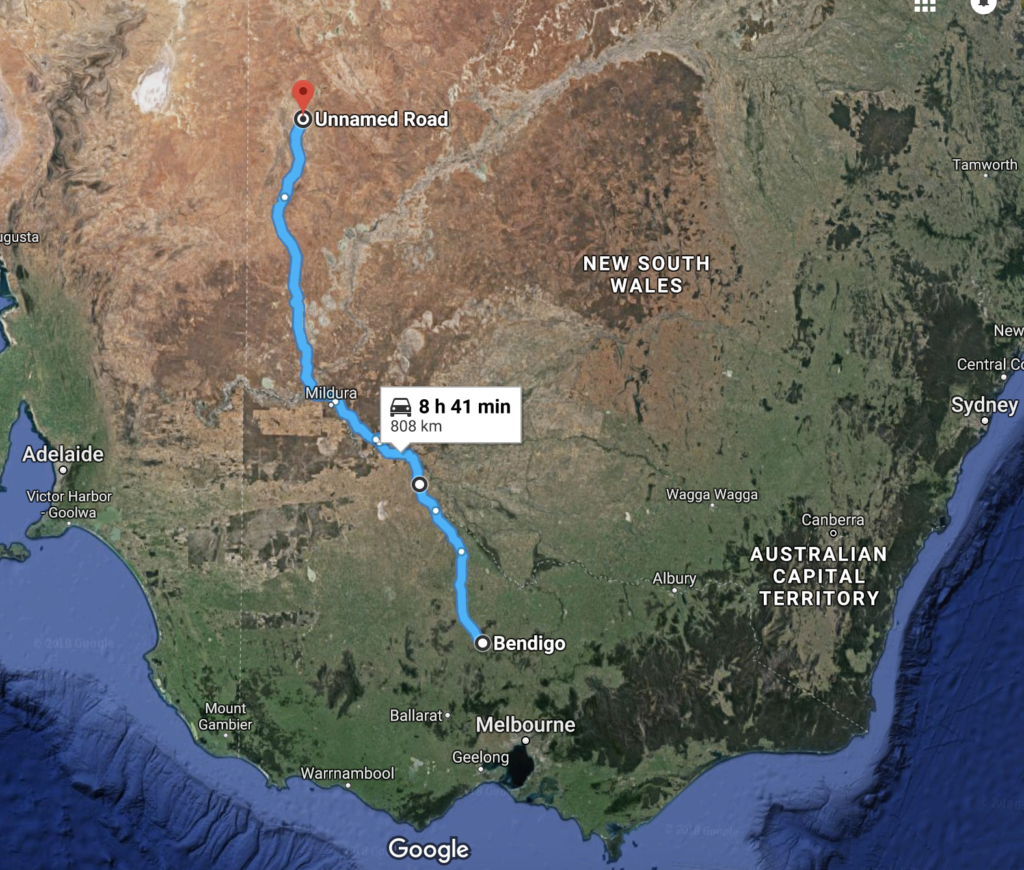
Image courtesy of Google.
Want to see what we’re seeing? Follow us on facebook, twitter, and instagram for updates (when we have access to internet). You can also follow our latest sightings by following my eBird page and checking out my latest checklists: https://ebird.org/profile/
Happy birding!
Joe (& Allison)




